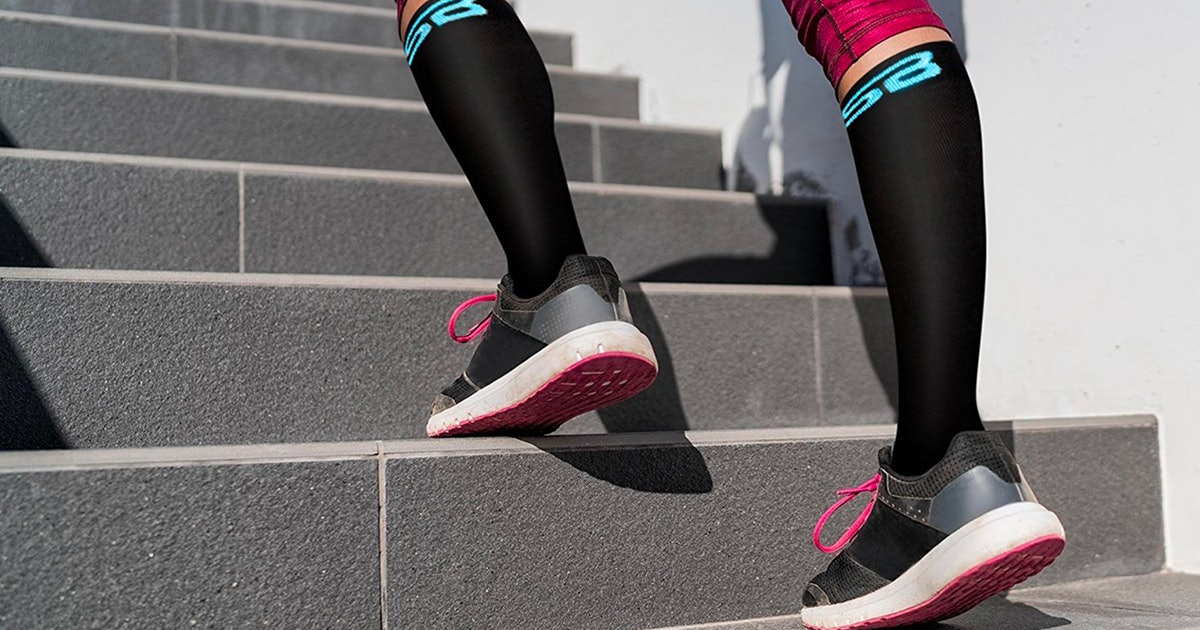How To Treat Postural Orthostatic Tachycardia Syndrome
Wear Supportive Compression Socks
In postural orthostatic tachycardia syndrome, blood often pools in the lower body and is unable to return to the upper body and the heart as it should. Doctors recommend patients to wear supportive compression socks, which help force blood up the legs, to increase their circulation and make blood more readily available to the upper body. Compression socks are available in a range of styles, sizes, and pressure gauges. Patients with this syndrome will likely need compression socks that extend to just above the knee. Before purchasing and using compression socks, patients should ask their doctors what level of compression is appropriate for their needs. They should also inquire as to when the socks should be worn and for how long. These socks are not to be worn continuously, and patients need to know when they should be removed. Typically, most patients will need to wear them at night while sleeping.
Learn more about treating postural orthostatic tachycardia syndrome effectively now.
Drink Lots Of Water

Studies have shown individuals with postural orthostatic tachycardia syndrome benefit when they drink lots of water. Increasing fluid intake helps these patients have improved blood pressure and heart rate readings when they stand up, reducing their risk of fainting. A higher fluid intake also increases the amount of time patients can comfortably stand for and helps them feel less dizzy. Generally, postural orthostatic tachycardia syndrome patients should aim to consume at least two liters of fluid per day. Water, soup, juices, and other fluids all count. If patients experience dizziness, doctors recommend drinking sixteen ounces of water within ten minutes to alleviate this symptom. Alcohol, energy drinks, and caffeinated beverages should be limited or eliminated from the diet to achieve the most effective symptom management.
Discover additional details about treating postural orthostatic tachycardia syndrome now.
